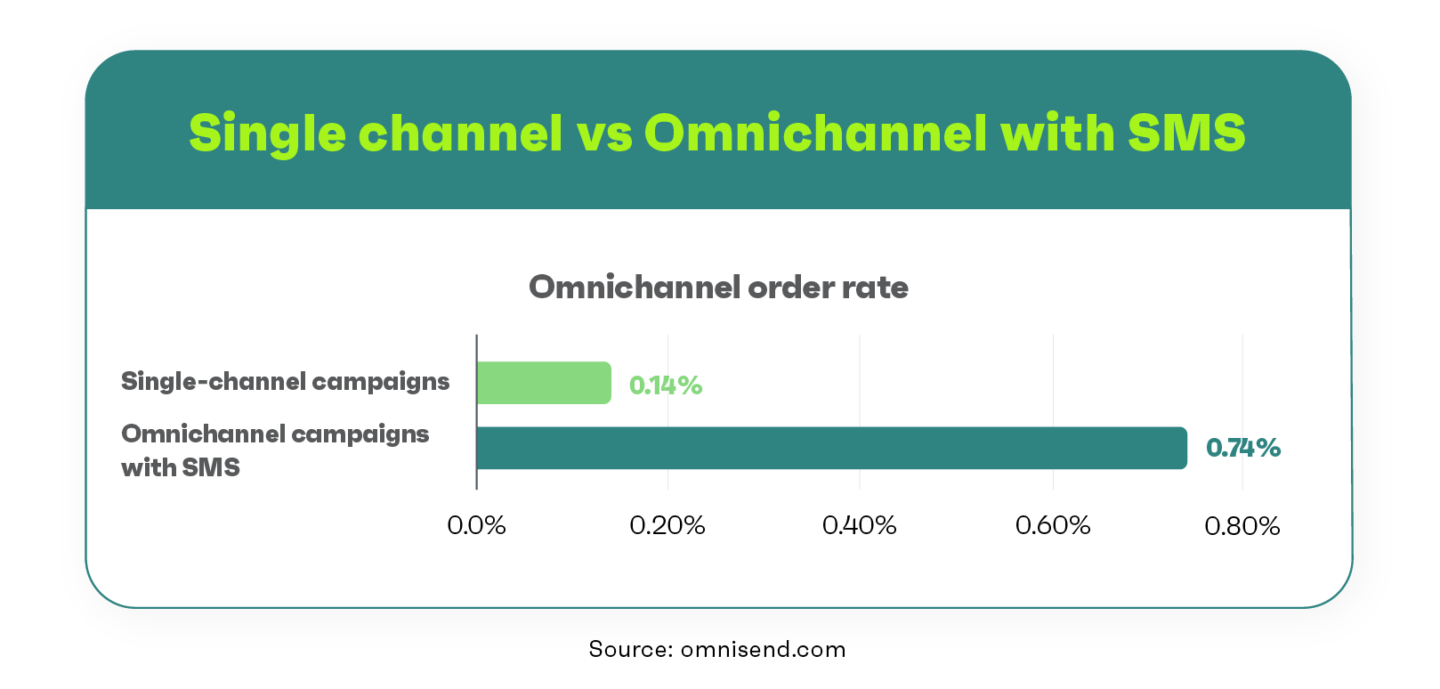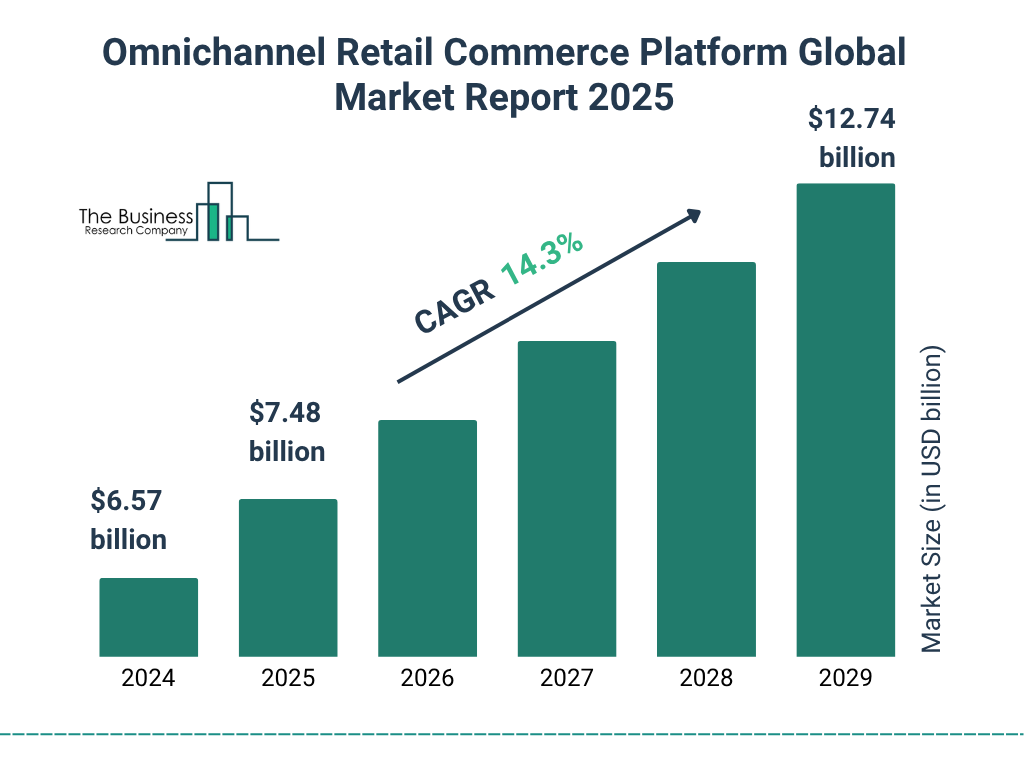
If you are relying mostly on one or two channels to reach customers, you are already behind. Not to be harsh, but that’s the grim reality doesn’t matter how great your products are.
To put things into perspective, retailers using omnichannel marketing retain 90% more customers than retailers using isolated channels.
Being a savvy marketer means you have to embrace multichannel marketing strategies. This means you will reach customers across email, WhatsApp, and even via calls. But this isn’t going to be something random. All these touch points will culminate in one continuous journey.
This will increase your chances of sales because 7 out of 10 shoppers have multiple channels across their shopping journey.
Why Is Multi-Channel Marketing Now Mandatory?

Firstly, just because a customer is interacting with your brand, it doesn’t mean that they are thinking in terms of channel.
They switch devices, chat apps, and email, often within the same session. In fact, 74% consumers depend on multiple channels to complete their shopping.
If you think maintaining multiple channels is costly and a hassle, think again. Because your engagement rates could jump as high as 250%.
And when you are using platforms like Shopify or any other global e-commerce solutions, you cannot email blast your customers one day and then switch to SMS on the other.
You need a unified strategy where every channel works together
What Is An Omnichannel Customer Journey?

An omnichannel marketing customer journey is one where every touch-point is connected, from the first email introduction to an SMS reminder, then a WhatsApp notification, and finally a phone call follow-up.
It’s about cohesion and not just multiple channels. The difference between multichannel and omnichannel is subtle but critical. In multichannel, you may offer email, SMS, and phone calls separately. But in omnichannel, you integrate them so the customer’s experience is seamless.
Think of this sequence -
- A prospect receives an email about a new collection
- They click and browse via mobile
- No purchase, so you follow up with an SMS nudge
- They respond via WhatsApp with a question
- Your team calls to resolve a remaining concern
Throughout this path, they recognize your brand voice, see the same offer, and feel the experience is unified.
Implementing journey automation means defining key trigger points like email opens, SMS clicks, WhatsApp messages, and automating the next step.
Obviously, like many GPT users, when doing their assignments, you have to maintain the human touch while crafting the messages.
Key Channels & Their Unique Strengths
Email remains the bedrock of marketing. It’s cost-effective and great for storytelling, nurture flows, and broad communication. However, its engagement rates tend to lag behind more immediate channels.
The average email open rate would be somewhere around 46-50% according to HubSpot.
SMS
SMS delivers immediacy. Latest benchmarks show average click-through rates of around 5.76 % for SMS vs 1.29 % for email. So, SMS is pretty powerful if a message is urgent or needs to prompt an action.
WhatsApp offers conversational, rich-media messaging with extremely high open rates. It’s ideal for globally ringing customers and building deeper relationships.
Phone
Human voice still matters because a bot can never make customers feel assured. A well-timed phone call can close a deal, answer complex queries, or re-engage dormant customers in a way automated channels cannot. But the trick is to pick moments where it adds value.
How to Orchestrate the Journey
1. Map the Full Journey
Sketch the path. Your flow could be email to SMS to WhatsApp to phone. Identify where customers drop off and where they convert. Use analytics to show which sequences yield the highest value. And eventually, you will report higher conversion rates and spend.
2. Define Triggers & Automation
You should have a journey automation by now, otherwise running omnichannel marketing would become a nightmare -
- Email opens, but no purchase within 48 h? Schedule an SMS
- SMS clicked but the cart is still abandoned. Send a WhatsApp message
- WhatsApp interaction suggests high intent? Schedule phone outreach
3. Maintain Consistent Voice & Context
Your messages across multiple channels cannot contradict each other. It looks highly unprofessional and can confuse the customers.
Consistency cements trust, which is key for omnichannel marketing customer experiences.
4. Localize and Geographically Optimize
Global brands must adapt to time zone, language, and device preference. For example, Asia-Pacific customers may prefer WhatsApp over the phone. Europe may lean towards email + phone. So, your segmentation should be backed by research.
5. Use Data Wisely
Collect data across channels, CDP, and CRM, so your systems know each customer’s history and preferences. This is foundational to avoiding disjointed messaging.
6. Measure the Right KPIs
Look beyond opens and clicks. Measure customer retention, average order value, conversion rate uplift in sequences, and channel hand-off effectiveness.
An Example Workflow For You
Let’s walk you through an example workflow for a global e-commerce -
Each stage is triggered by action or inaction and is aligned in tone and content. That is journey automation in action.
Brands that invest now in multi-channel marketing with real orchestration will lead. They’ll provide consistent, personalized, frictionless experiences and build long-term loyalty and growth.
Stay tuned for more updates!
FAQs
1. What is multi-channel marketing?
Multi-channel marketing refers to using multiple channels, like email, SMS, WhatsApp, and phone, to reach customers.
2. How does the omnichannel marketing customer journey differ?
An omnichannel marketing customer journey connects all channels so the customer experience is unified. Messaging is consistent, transitions are smooth, and data is shared across touchpoints.
3. What is journey automation?
Journey automation involves setting automated rules, triggers, and workflows across channels so that customers move through a personalized path without manual intervention.
4. Why is orchestration important across email, SMS, WhatsApp & phone?
Because modern consumers switch between channels seamlessly during purchase decisions. According to McKinsey, more than half of B2C customers use three to five channels per interaction.







.png)
.jpg)
.png)



